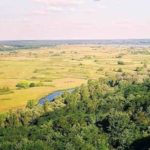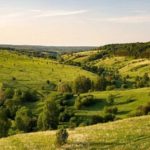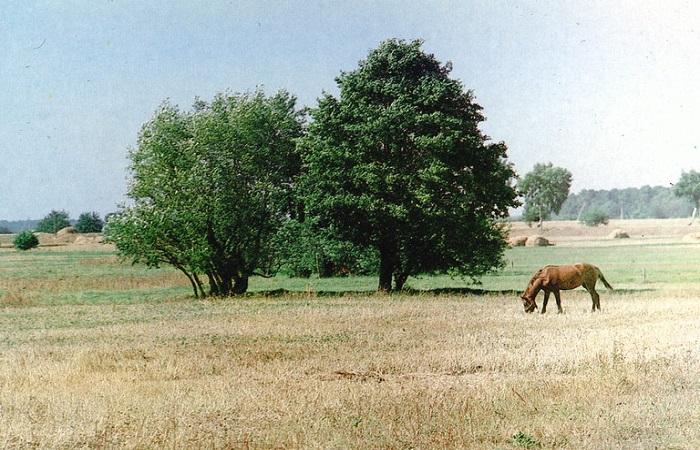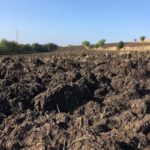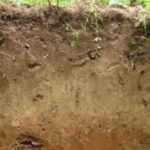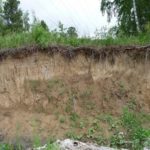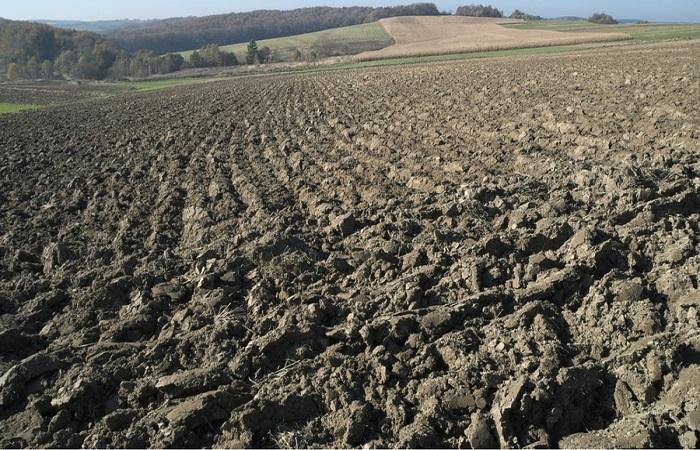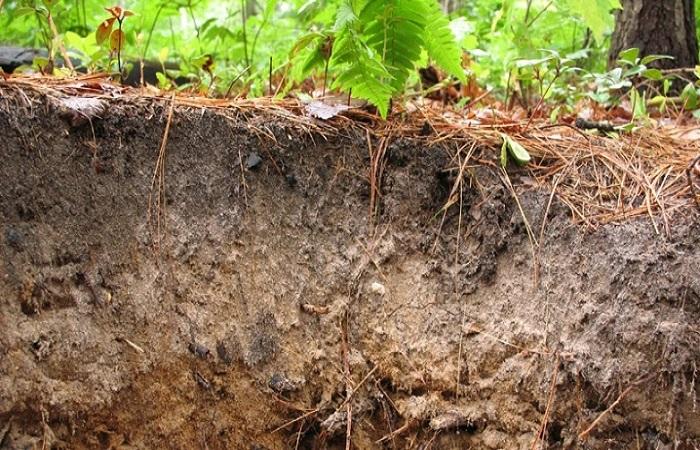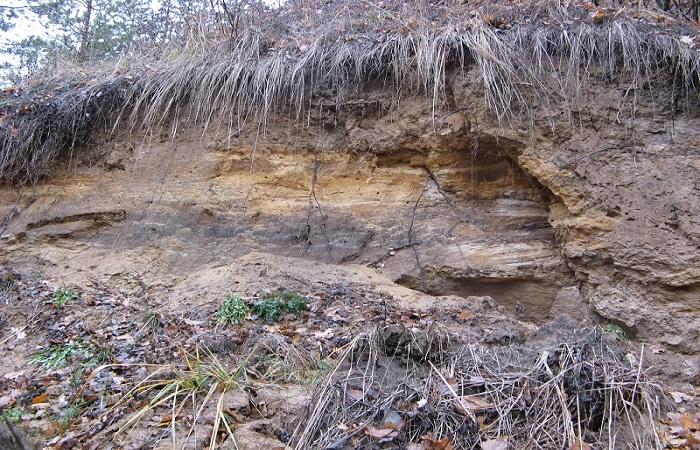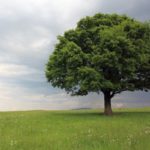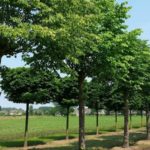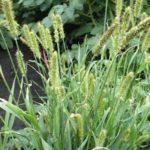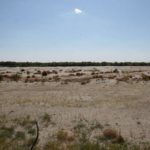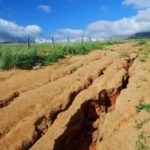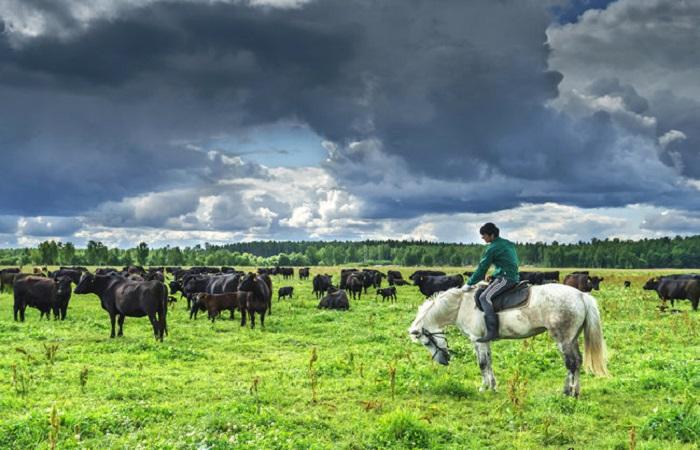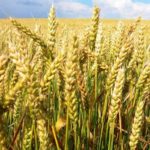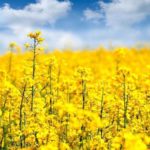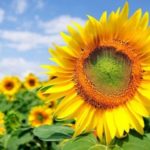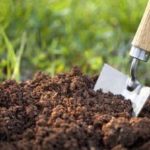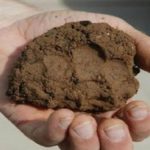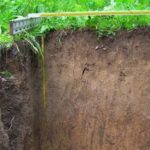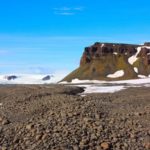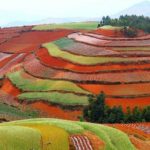The forest-steppe zone predominantly has a flat topography, which is characterized by slight elevation changes and a slight slope of the terrain. It is also characterized by the presence of ravines. There are many varieties of forest-steppe soils, each of which has certain characteristics. The main types of soil include gray forest, meadow-chernozem, leached and podzolized chernozem.
General characteristics of forest-steppe soils
The main property of the forest-steppe zone is considered to be intermediate in nature between forests and steppes. In such an area there are wooded fragments and characteristic steppe elements. Closer to the north, such an area more closely resembles a forest. In these regions, favorable conditions are created for the formation of chernozem soils.
The climate of the forest-steppe has significant differences from the forest zone. This is due to its more southern location. The growing season takes longer, while the amount of precipitation, on the contrary, decreases. In the west it is 500 millimeters, in the east – 300. The air temperature in the forest-steppe is higher. Evaporation and dry air also increase. All these features are considered key factors in soil formation.
The forest-steppes of Eurasia are distributed from the Carpathians to Altai. This zone also exists in North America. It is present in the northern United States and southern Canada. It is characterized by flat terrain. However, strong slopes are quite rare.
Forest-steppe soils are diverse. The following types of soil are almost always found in this natural area:
- gray forest soils with manifestations of podzolic processes;
- podzolized chernozems;
- leached chernozems;
- meadow chernozems;
- prairie soils reminiscent of black soil.
In general, forest-steppe soils are characterized by the following features:
- significant thickness of the humus horizon;
- weak mineralization of plant residues;
- the presence of alkaline and solonetzic zones in regions with a pronounced continental climate;
- stability of the internal structure;
- high degree of fertility;
- possibility of intensive processing;
- no need to comply with strict restrictions when carrying out agricultural work.
Difference from steppe soils
In the steppe zone, the amount of precipitation decreases significantly, and the volume of evaporation, on the contrary, increases significantly compared to the forest-steppe. This has a direct impact on average humidity parameters, vegetation characteristics, and the nature of accumulation and modification of plant residues.
The forest-steppe is characterized by gray forest soils, which are predominantly formed in areas occupied by broad-leaved forests. In such regions, crops often face severe moisture shortages.
In the steppes, the soil is considered drier. However, in these natural zones there is much more high-quality black soil.
Common types
The forest-steppe is characterized by different types of soil, each of which has certain characteristics.
Gray
The distinctive features of these types of soil are related to the climate of a particular area. In the west of the forest-steppe there is relatively high humidity. However, as you move east, the continental climate becomes more pronounced.
The weathering products to which the upper layers are exposed penetrate into the lower structures due to the natural movement of substances. They can also even end up in the original parent rock. The roots of plants, which are located in the gray forest-steppe soil, absorb many valuable elements.
Gray zonal soils are subject to pronounced claying. Mud fragments predominantly accumulate at the illuvium level. The development of the humus horizon is highly powerful. In this case, no special problems arise.
Light gray
Typically, this type of soil corresponds to the highest areas of the terrain. It is not always possible to distinguish it from sod-podzolic soil. However, with a deeper study, it is possible to identify a developed illuvial horizon. The transfer of silty fragments between it and the soil surface is 15-25%. Light gray forest-steppe zones often include light loams and sandy loams.
Other important features include the following:
- varying the density of the arable mass - 1.2-1.4 grams per 1 cubic centimeter;
- density of the leaching layer – 1.5-1.7 grams per 1 cubic centimeter;
- moisture accumulation - maximum 150-180 millimeters per 1 meter;
- almost complete lack of structure;
- tendency to form thick crusts.
Dark gray
This type of soil is very rarely observed in the forest-steppe. As a rule, its appearance is associated with the boundaries of the high right banks of rivers - most often on depressions. The soil saturation with podzol is relatively low. However, the accumulation of humus occurs quite actively.
The internal migration of colloids in the soil structure is limited. The structure of the soil is clearly expressed. However, when moisture gets in, it is quickly lost. The humus content in the arable layer is not less than 2% and not more than 4.9% of the total mass.
Gray soil types are more common in the northern regions of the forest-steppe. In the south of this zone, chernozems with a high content of podzol, leached soils and typical chernozem areas are predominantly found.
Vegetation
The natural vegetation of this zone includes small forested areas that alternate with areas of steppe meadows. In the European part of the forest-steppe, oaks and lindens are most often found. In the West, the main species are considered to be ash and hornbeam. In Siberia, pine trees, birch trees, and larches mainly grow.
In the northeastern region of China, the majority of vegetation consists of oaks and other broad-leaved species. The forest-steppe of North America is characterized by birches, oaks, and aspens. Caria also grows there.
Natural grasses remain only in national parks. These include turfgrasses and weeds. There are 70-80 species of terrestrial plants per 1 square meter. In North America, meadow grasses, feather grass, fescue, and reed grass predominate.
Agricultural use
Forest-steppe soils are often used for agricultural purposes. At the same time, it is important to carry out a number of activities aimed at increasing their productivity.
Events
Forest-steppe zones are often accompanied by droughts and winds, which lead to severe erosion. That is why it is so important to carry out the following activities:
- eliminating drought and the effects it causes;
- eliminating the risks of wind erosion;
- improving the quality of alkaline soils;
- weed control.
When planting spring plants, it is important to strictly adhere to the deadlines. They are determined depending on the biological characteristics of the varieties. In this case, different types of crop rotation are important. They are grain-fallow, grain-row-crop, and grain-steam-grass.
Increased Productivity
The choice of reclamation methods must be very strict. It is important to prevent the rinsing form of water circulation. It is prohibited to allow groundwater to rise.Minimizing filtration losses of liquid is of no small importance. If necessary, it is permissible to equip special drainage.
High-quality irrigation can be carried out only with the help of modern systems. Reducing surface runoff is achieved through fall plowing. To protect annual plants, it is recommended to plant alfalfa and other perennials.
Forest-steppe soils are also subject to negative agrogenic influences. Greater risks are associated with growing crops and grazing livestock.
The use of mineral and organic fertilizers has now decreased by several dozen times. However, this led to significant difficulties in restoring soil quality. Aggressive plowing provokes rapid depletion of plant crops and disrupts the flow regime.
In the forest-steppe zone of Russia the following crops are mainly grown:
- Vika;
- peas;
- winter and spring wheat;
- vegetable crops;
- winter rye;
- buckwheat;
- millet;
- rape;
- sunflower;
- corn;
- hemp.
Humus content
Forest-steppe soils contain a lot of humus. To the north and south of this strip the parameters decrease. Moreover, fertility indicators depend on the specific type of soil. These values are presented in the table:
| Soil type | Humus reserves in a meter layer of soil, tons per 1 hectare |
| forest gray | 175 |
| Dark forest gray | 296 |
| Podzolized chernozem | 452 |
| Leached black soil | 549 |
| Typical deep black soil | 709 |
| Ordinary black soil | 426 |
Soil characteristics change not only from north to south, but also from west to east. An increase in continental climate towards the eastern part leads to an increase in the humus content in the soil. At the same time, the thickness of humus horizons decreases.


